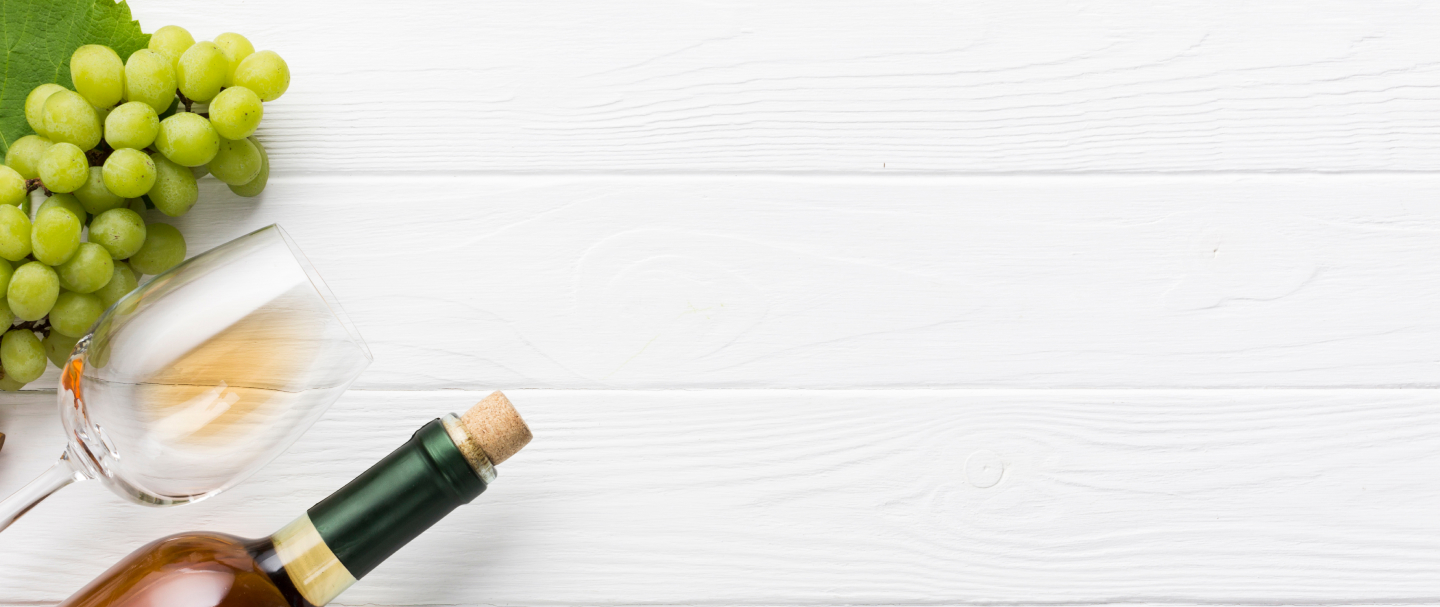Albarino Italian Red Blends Mavrodaphne 375ml
The pale skinned grapes of the Albarino varietal have been grown in and around Spain and Portugal for almost a thousand years, where they are highly enjoyed and prized by the locals for their distinctive aroma, and sharp, tart acidity levels. Over the past century, their influence has spread to the New World, and many vineyards keen to emulate the white wines of Spain have had considerable success with this varietal. The light bodied wines which are produced from the Albarino grapes have wonderfully aromatic properties, and carry ripe flavors of soft summer fruits, apricot and peach, with a mild and pleasantly bitter after taste brought on by their thick skins. Because of their acidic nature, they are a fantastic match for many Spanish foods, and are best served chilled on a hot day.
In the Archaea region, high in the Northern Peloponnese mountains, the predominant grape varietal grown is the prized Mavrodaphne. Meaning 'Black Laurel', the Mavrodaphne grapes have extremely dark skins, and ripen slowly under the Greek sunshine, helped by the mineral rich soils the vines thrive in. This grape varietal is mostly used to produce the opaque, inky fortified wine of the same name, which is popular all over Greece and elsewhere in the world. This fortified wine allows the grapes to really show off their complex and fascinating flavors, which range from a rich marzipan to flavors of bitter chocolate, sweet coffee, dried figs and prunes, as well as plenty of jammy fruit notes.
Mavrodaphne is produced in a traditional method which involves leaving the grape juice exposed to the sun in large vats, before having its fermentation halted by the addition of various distillates taken from previous successful vintages. This mixture contains plenty of residual sugar, which gives the end result its characteristic sticky sweetness, and also helps with the next fermentation process, which typically takes place in large underground cellars. The final product is a heady drink, absolutely bursting with unusual, rich and sweet flavors and carried in a dark and slightly viscous Port-like liquid.
Mavrodaphne grapes are also used for the production of still red wines, but are generally blended with varietals such as Agiorgitiko or imported grapes like Cabernet Sauvignon. Mavrodaphne grapes are excellent for mellowing more acidic varieties, and producing deliciously rounded wines, which have taken the international market by storm in recent decades.
Additional Information on Greek Wines
Greek Wines
Ancient Greek Wines – A Brief History of Wine in Greece
The Myth of Dionysus, Greek God of Wine
What is Retsina?






